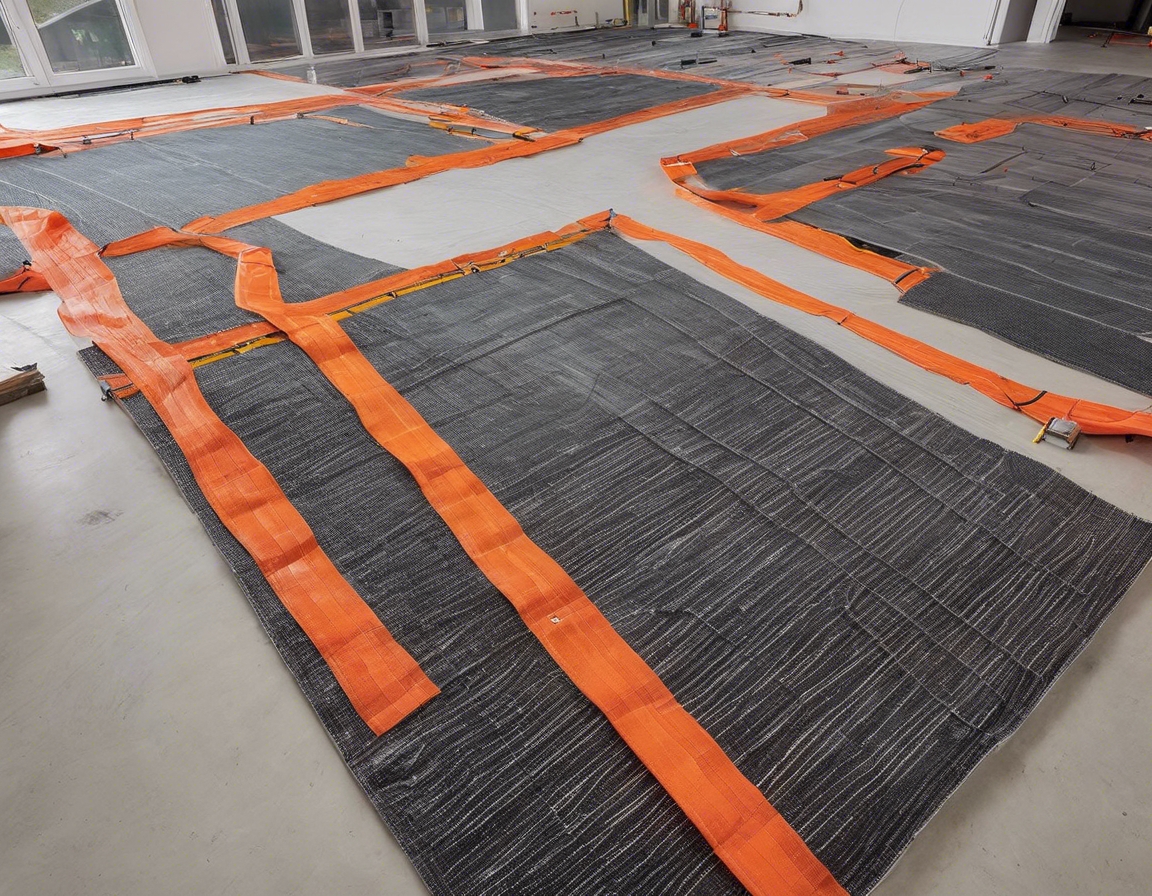The future of home comfort: solar heating explained
Solar heating harnesses the sun's energy to provide heat for homes and businesses. Unlike traditional heating systems that rely on fossil fuels, solar heating offers a renewable and clean source of energy. It's a technology that captures sunlight and converts it into thermal energy, which can then be used to heat living spaces and water.
Solar heating systems are not only beneficial for the environment but also for the wallet. They can significantly reduce energy bills, provide energy independence, and increase the value of your property. Moreover, solar heating systems have a long lifespan and require relatively low maintenance, making them a smart investment for the future.
The Mechanics of Solar Heating Systems
There are two main types of solar heating systems: active and passive. Active systems use mechanical and electrical components to circulate heat, while passive systems rely on natural heat flow. Both have their advantages and can be tailored to suit different needs and climates.
A typical active solar heating system includes solar collectors, a heat storage system, a heat exchanger, pumps, and controls. Passive systems, on the other hand, are designed into the building and may include features like south-facing windows and thermal mass materials that absorb and store heat.
For those not ready to fully transition to solar heating, these systems can be integrated with existing heating systems to provide supplemental heat and reduce reliance on traditional energy sources.
Installation and Maintenance of Solar Heating
Before installation, a professional assessment is necessary to determine the suitability of your home for solar heating. Factors such as location, orientation, and roof condition play a crucial role in the effectiveness of a solar heating system.
Installation of a solar heating system is a complex process that should be carried out by certified professionals. It involves careful planning, adherence to local building codes, and precise workmanship to ensure optimal performance.
While solar heating systems are generally low maintenance, regular check-ups are important to maintain efficiency. Tasks may include cleaning the solar collectors, checking the insulation, and ensuring the system's components are functioning properly.
Costs and Savings of Solar Heating
The upfront cost of a solar heating system can be significant, but the long-term savings on energy bills can be substantial. Over time, the system can pay for itself through reduced energy costs and increased energy security.
In Estonia, there are various incentives and rebates available to homeowners and businesses that invest in solar heating. These can further offset the initial costs and encourage the adoption of renewable energy technologies.
Environmental Impact and Sustainability
By using solar heating, households and businesses can significantly reduce their carbon footprint. This clean energy source helps combat climate change and reduces dependence on non-renewable energy sources.
Solar heating is a key component in the movement towards sustainable development. It aligns with global efforts to reduce greenhouse gas emissions and promotes the use of renewable resources.
Future Trends in Solar Heating Technology
Continuous research and development are leading to more efficient solar panels, which can capture more energy even in less sunny climates like Estonia. This will make solar heating an even more attractive option for homeowners and businesses alike.
The integration of solar heating with smart home technology is on the rise. This allows for better control and optimization of heating systems, further enhancing energy efficiency and comfort.






Comments (0)